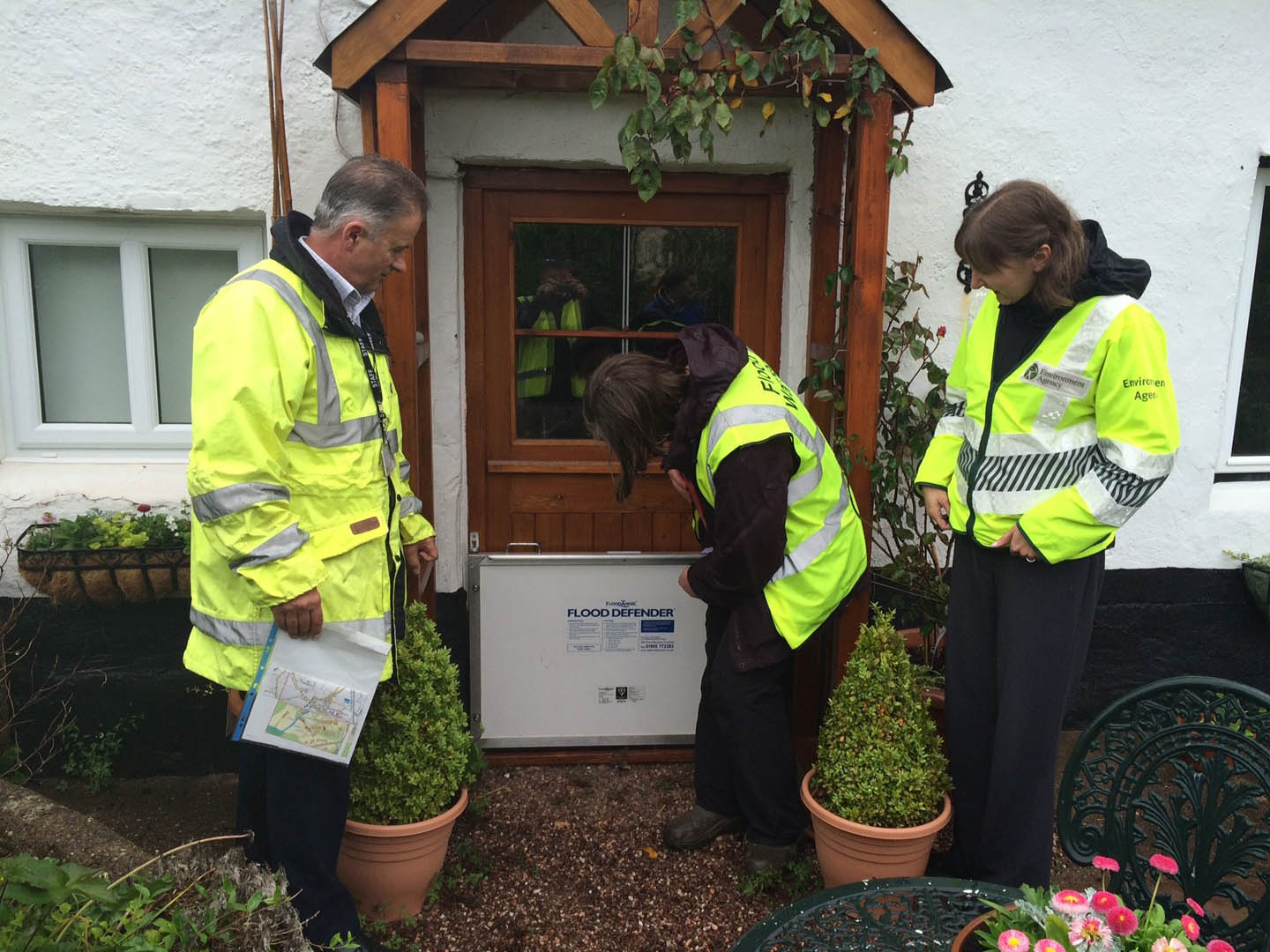Published September 28, the updated guidance outlines a streamlined approach that will help to meet commitments to raising awareness of PFR measures, and increase uptake amongst communities at flood risk. Having been identified as priorities in both the National Flood and Coastal Erosion Risk Management (FCERM) Strategy and FCERM Strategy Roadmap, the renewed emphasis on the adoption of PFR measures will help reduce flood risk, speed up recovery and help people move back into their properties more quickly after flooding.
Reflecting on the updated guidance, Head of Resilience and Water Management, Peter May said: “This is excellent news and an important step forward in the pursuit of mainstreaming PFR that will be welcomed by stakeholders, industry suppliers and, most importantly, communities remaining at significant flood risk. Simplifying the evidence required and making it much easier for PFR schemes to be approved will speed up scheme delivery and provide the much needed support to enhance community flood resilience.”
A new approach to benefit those at flood risk
The new approach and guidance will help avoid disproportionate assessment, analysis and modelling costs for projects where PFR has been clearly identified as the best flood resilience option for communities otherwise remaining at significant flood risk. It will also help save time and limit project development costs that are proportionate to relatively low cost PFR measures.
The simplified risk assessment will also make it easier to identify residential properties at very significant risk and confirm where PFR is the best approach to managing flood risk. This will see the existing Partnership Funding Calculator used for flood alleviation schemes replaced with PFR look-up tables showing the maximum grant available for each property and carbon emission reduction. This will inform a new single stage business case to speed up the PFR project assurance process using a bespoke PFR business case template.

Our long-term commitment to the uptake and development of PFR
Over the past 14 years, working with Government and the Environment Agency, JBA has been at the forefront of the development of best practice and assessment of cost effectiveness of PFR. Our work has ensured that PFR is seen as an important and cost effective option for those communities where traditional flood alleviation schemes are ruled out, due to excessive cost, environmental or engineering considerations.
Our long-term commitment to the development and take-up of PFR reflects our wider ambition to lead in society’s pursuit for resilience to climate change. We are committed to working with communities to raise awareness of current and future flood risk, and demonstrate how PFR can provide an affordable and effective means to adapt, respond and, should the worst happen, to more quickly recover from flooding.


For more information about how the Environment Agency’s updated appraisal guidance will help to accelerate the delivery of community flood resilience, please contact Steve Thompsett.

